What is the current solution in r136 to blend lights, shadows and color in a ShaderMaterial ? I already found the solution for the fog support.
I found some examples in previous revision (r108) like this codesandbox.
Actually, I'm looking for this kind of result : codesandbox.
Should I copy MeshPhongMaterial shaders as code base for my own shaders ?
The usage of custom shaders is mandatory in my projects, that's why i'm not using built-in materials.
Any idea or example ?
Thanks !
